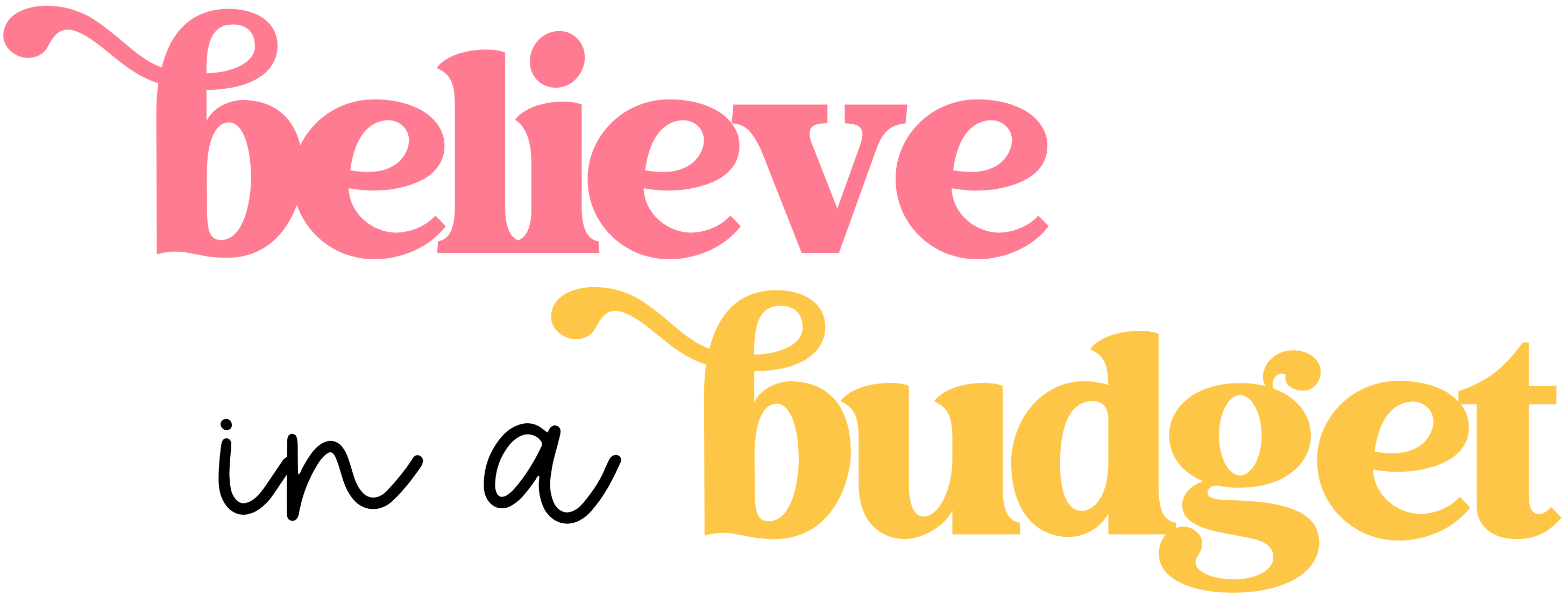Make Money as a Freelance Video Editor
Calling all tech-wizzes, aspiring content creators, and cinephiles alike – a freelance video editor position may be the perfect gig for you.

Truthfully, it has never been easier to work as a freelance video editor. With the constant influx of video creation across online platforms, video editors are in high demand.
With projects ranging from 7-second reels to hour-long video podcasts, find your niche and offer your video editing expertise!
In this post, I’m running through everything you need to know about freelance video editing, including how to fine-tune your skills, marketing tips, and more.
Related
- How to Make More Money Online This Year
- Selling Stickers and Stationery
- Starting a Creative Design Business
- How To Make and Sell Etsy Printables
- How To Sell Canva Templates
Work as a Freelance Video Editor: What You Need to Know
Freelance video editors can work for all kinds of clients, from large corporations to independent content creators.
Their primary role is to organize and edit raw footage into a cohesive story fitting your client’s objectives.
Other key components include:
- Adding audio to video (music, sound effects, trending audio, original sound)
- Including custom graphics
- Collaborating with clients
- Staying up to date with current trends and industry standards
Necessary Skills
As a freelance video editor, you’ll need several skills, including:
- Technical proficiency in video editing software
- Experience in audio editing
- Creative storytelling abilities
- A strong eye for visual aesthetics and attention to detail
- File management and organization skills
- A commitment to staying up-to-date on current trends
- Strong collaborative and communicative skills
Those working in the social media realm may not need professional video editing experience. With a couple of simple tools, you can effectively produce high-quality content for your clients.
Corporate clients, however, will likely require extensive video editing experience.
Important Video Editing Tools
For the most part, freelance video editors are free to use the editing software that they prefer. Still, it is important to have a general knowledge of major applications for collaborative projects.
Adobe Premiere Pro
Adobe is an all-encompassing video editing software, granting you full power to transform footage into a masterpiece!
Because of its many features, there is a definite learning curve when using Adobe.
I recommend enhancing your video editing skills using courses from Skillshare, Udemy, or Coursea. The results will be well worth your efforts!
Wondershare Filmora
If you’re looking for a simple editing platform, Filmora is a great choice. It operates on a drag-and-drop interface, making it super user-friendly.
It’s excellent for beginners, as it includes helpful tools like preset templates, audio sync, and more.
This editing software is Windows-compatible and is free to download.
Canva
Canva is a helpful (and free) graphic design program you can use to create custom graphics or edit videos.
Their editing tools are quite basic, though they work well for collaboration. All team members are able to access and work on the video project simultaneously.
CapCut
Capcut is an intuitive video editing app that includes user-friendly tools, engaging templates, and endless ideas for content creation.
In-App Editing
Most major social media platforms, including Facebook, Instagram, and TikTok, have in-app editing tools for basic editing needs.
While not particularly fancy, these tools work in a pinch for simple projects. It’s also easy to add trending audio right from the app, helping extend your client’s reach.
Marketing Yourself as a Freelance Video Editor
Ok, so you’ve brushed up on your editing skills, and you’re ready to hit the ground running. How do you find freelance editing gigs?
Luckily, there’s plenty of work for freelance video editors – you just need to know how to market yourself effectively.
Use a Freelance Board
For beginner video editors, I recommend marketing yourself on freelance boards like Fiverr and Upwork. These platforms have dedicated users that will give you the exposure you need to begin.
This is a great way to gain experience in the field and begin building your professional portfolio.
Volunteer Your Services
There are plenty of nonprofits that could use your video editing support. Consider volunteering your services for a project.
You’ll gain experience and additional exposure within the organization.
Promote Your Brand
Create a landing page for future clients to find you and view your portfolio. A business website is a good idea, along with corresponding social media accounts.
If your goal is to work primarily in the social media realm, try creating content that shows off your video editing skills and industry knowledge for your own brand.
Cross-post your promotional content across platforms for the widest reach!
Building Your Portfolio
Before clients hire you, they’re going to want proof of your epic video editing skills. Accomplish this with a digital portfolio of your best work and corresponding metrics.
Squarespace and Wix make it easy to host a website portfolio. Plus, it can double as your company’s landing page.
Some tips for building your video editing portfolio:
- Showcase your diversity through different mediums and tones
- Re-edit dated work to match your current skill set
- Opt for quality over quantity, displaying only your best work
- Highlight your role within each project
- Ask clients for testimonials
- Update your portfolio regularly with your latest and greatest
How to Charge for Video Editing
As a freelance video editor, you’ll need to decide on a pricing model that best suits your business, whether it be:
- Hourly rate – Can range between $15- $200+ an hour based on the required work and your experience as an editor
- Price per video – Clients pay per edited video. Remember to take into account the hourly commitment it’ll take to complete the project.
- Package rate – Great for long-term clients, you can produce a predetermined number of edited videos for a client each month. This will likely be at a slightly reduced rate, incentivizing clients to continue using your services.
You’ll also need to use a secure payment platform like Square or Paypal, as well as an accounting platform like Quickbooks or Freshbooks for invoicing.
Ready to Start Working as a Freelance Video Editor?
If you’ve always wanted to work in content creation but want to remain behind the camera, working as a freelance video editor is a great option.
This venture is worthwhile for anyone with a passion for video creation and the technical skills to match.
Intimidated? Don’t be! Remember that video editing is a huge field with a lot of possibilities for all skill levels – so go for it!







